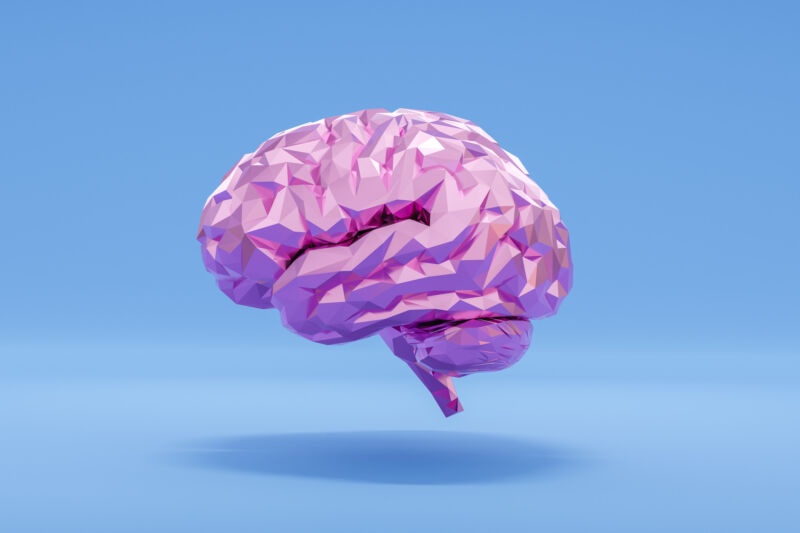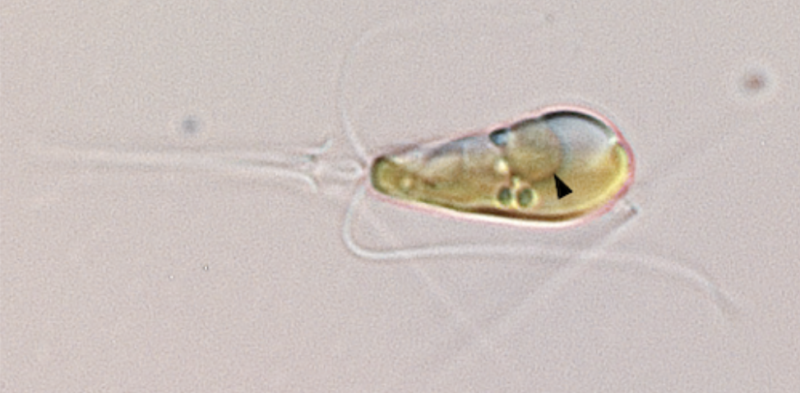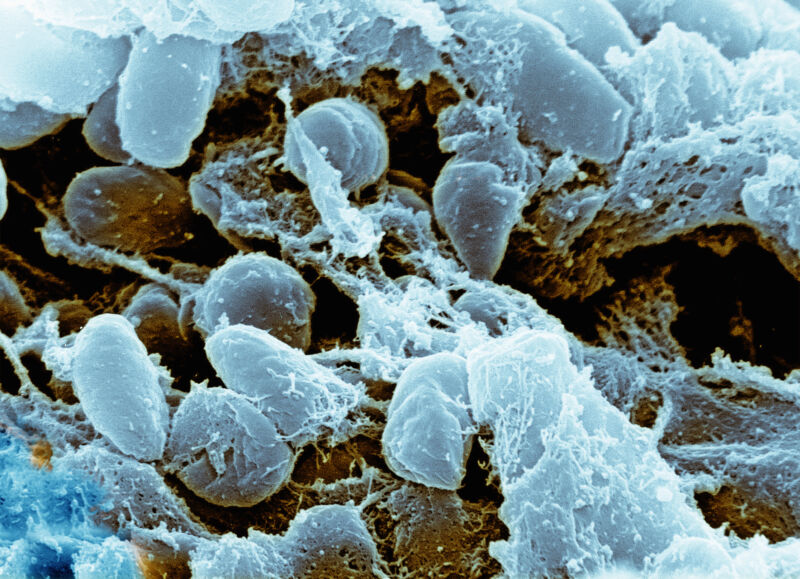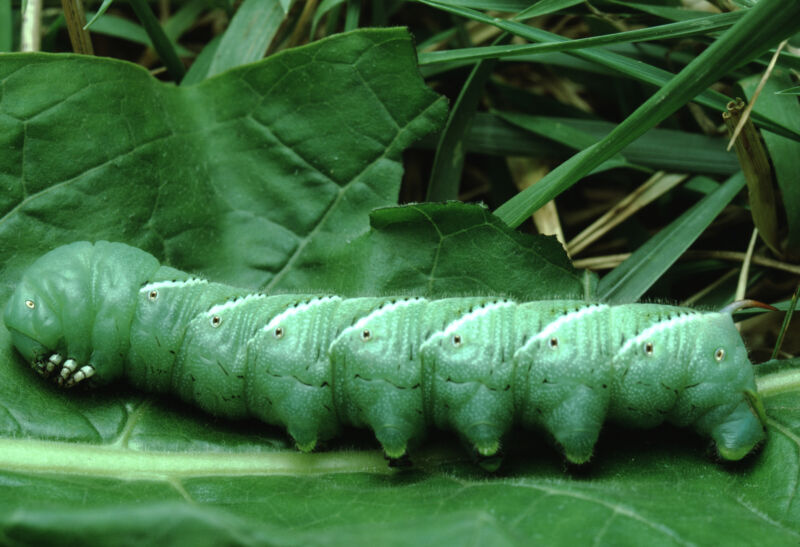-
chevron_right
Far Beyond the Pasturelands review – on the trail of the ‘Himalayan Viagra’
news.movim.eu / TheGuardian · Monday, 15 April - 10:00
Documentary reveals the cost to Nepalese villagers of harvesting a supposed aphrodisiac that sells for more than gold in China
Every year, thousands of Nepalese villagers make their way to the Himalayan foothills in search of a fungus called yarsagumba . Known for its aphrodisiac properties, the elusive substance sells in China for a price higher than gold. Following Lalita, a young mother among the countless trekkers, this intimate documentary from Maude Plante-Husaruk and Maxime Lacoste-Lebuis paints a stirring portrait of a community exploited by modern commerce.
Living in the largely agrarian village of Maikot, a wistful Lalita thinks back on her adolescent dreams of going to university, but an early marriage and now motherhood put a stop to her education. Through observational camerawork, the film subtly highlights the gender gap in this part of Nepal, as the bulk of farming and domestic work is undertaken by women. In braving the tough journey towards the Himalayas, Lalita is also walking towards a brighter future for her young daughter.
Continue reading...





